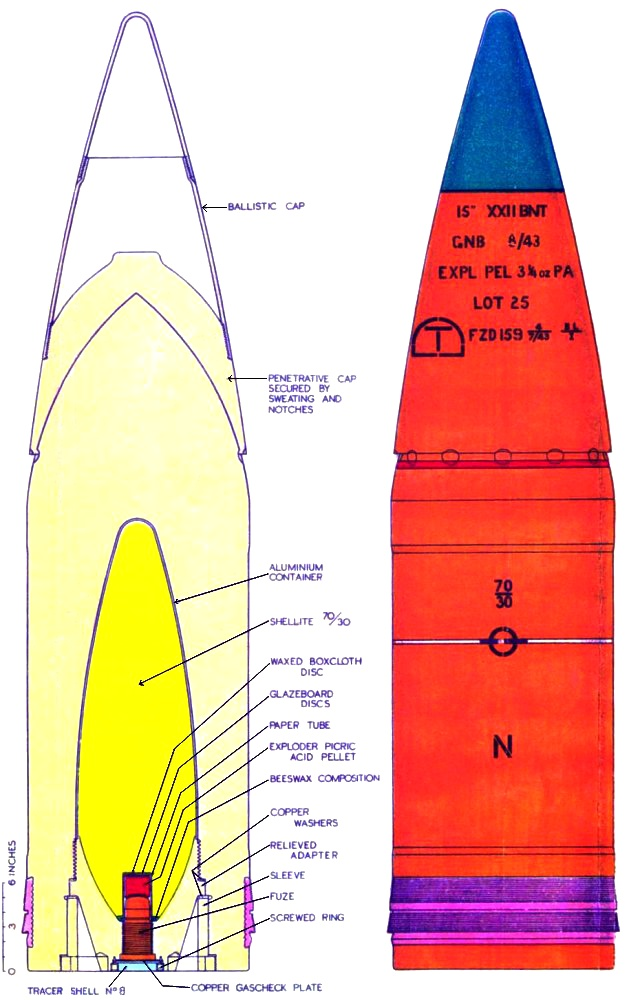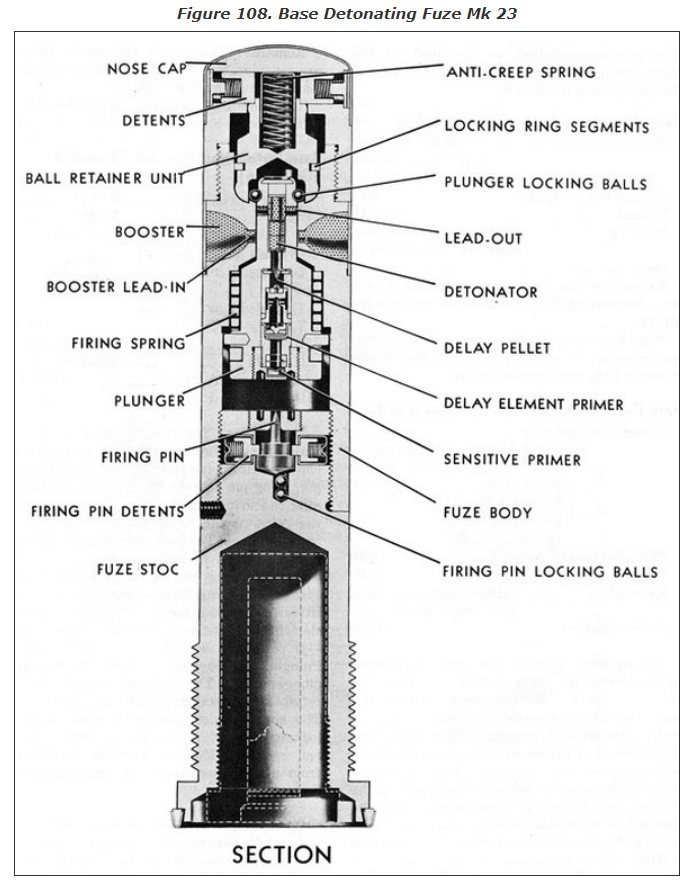Quote of the Day
Y2K was 21 years ago. Looking back, I think the only thing we learned is that if a bunch people work really hard to stop a problem from happening, lots of other people will assume it was never really a problem.
— Steve Lieber. I have seen many people work hard to ensure problems would never occur. This effort was never appreciated. I have also watched people who created problems win awards for fixing the problems they created. Very strange organizational behavior.
Introduction

Figure 1: USS North Carolina, my choice for the most beautiful of the US battleships. (Wikipedia)
In this post, I will examine the fuel consumption of the three most modern battleship classes that the US deployed during WW2: North Carolina, South Dakota, and Iowa. The data is scraped from the Hyperwar website, which is one of my favorite targets for data extraction. In this case, the Hyperwar page contains a set of tables from the US Navy document FTP 218: War Service Fuel Consumption of US Navy Surface Vessels.
The fuel consumption (gallons/hr ) for a ship is a highly non-linear function of speed (knots), as my graphs will show. I also estimate each ship's running time as a function of speed using their rated fuel capacity, which is called radius oil that is the sum of the fuel oil and diesel capacities.
For those who like to follow along, my Excel workbook is available here.
Background
US Battleship Classes
I first look at the different battleship classes the US deployed during WW2. Fortunately, a table in Wikipedia makes this data easy to access. Table 1 shows the ten battleship classes that the US deployed during WW2, along with the main battery diameter and the number of main battery guns. The battleship classes are shown in the order they were deployed.
| Table 1: US Battleship Classes Deployed During WW2. |
 |
US WW2 Battleships By Name
There were 18 battleships in US Navy service on the morning of 7-Dec-1941. All were WW1-era ships, except for the 2 North Carolina class ships that were just entering service. After Pearl Harbor, 8 of these ships were damaged with 6 returned to service after months of repair and refit. The battleships in service immediately after Pearl Harbor bore the brunt of the fighting, both in the Atlantic and Pacific, until newer ships were completed.
| Table 2: US WW2 Battleships By Name. |
 |
Analysis
Scraping the data from the Hyperwar website was straightforward using Power Query because all the data was contained in well-structured tables. Figure 2 shows the fuel consumption of the USS South Dakota, USS North Carolina, and USS Iowa versus speed in knots. Note how their fuel consumption was similar at low speeds but diverged as their speed increased. USS North Carolina, in particular, was comparatively inefficient. The USS Iowa was quite efficient, with its fuel consumption rate at 29 knots roughly the same as the USS North Carolina at 25 knots.
Knowing a ship's fuel consumption as a function of speed and its fuel capacity, we can compute its sailing time before running out of fuel (Table 3). Ships normally would refuel their tanks regularly to ensure that they always had enough fuel to handle foreseeable needs (link). When they didn't, problems occurred (see discussion of Bismarck's fuel issues).
| Table 3: Battleship Running Time Versus Speed. |
 |
Conclusion
It is hard to imagine ships that consume 9000+ gallons of fuel per hour. It is also impressive how fuel-efficient the USS Iowa as compared to the earlier classes.
We are fortunate that the US was able to to keep 9 battleships as museums ships:
- Alabama
- Arizona
- Iowa
- Massachusetts
- Missouri
- New Jersey
- North Carolina
- Texas
- Wisconsin
I hope to see them all in the next few years.


There are no battleships preserved as museums in the UK. The nearest equivalent is the battlecruiser "Belfast", which is moored in the Thames in the centre of London.
A question about battleship ordnance: What causes a shell to detonate, is it initiated on impact with the target or by a timing device calibrated to the distance from the target before the shell is fired? It appears that a broadside straddles the target, which means that if the shell detonates on impact, the seabed must be littered with unexploded shells, but films of actual battles seem to show shells that fall short detonating on the surface of the sea. On the other hand, the shell fired by the "Bismarck" that destroyed the "Hood" penetrated deep into the superstructure before it detonated, rather than on initial impact.
I plan on visiting the UK and HMS Belfast once our COVID nightmare is over. She looks like a beautiful ship.
Most armor-piercing battleship projectiles that I have seen have a base detonating fuze, which mounts in the base of the projectile as shown below with the 15-inch UK battleship round. These fuzes would activate on detecting the impact of the shell.


These fuzes had a small delay built into them before they would detonate the bursting charge, which was actually quite small. In the case of the US 16-in armor-piercing shell, it had bursting charge mass 18.55 kg out of a total projectile mass of 1225 kg, with a delay of 33 milliseconds (Mk 23 base detonating fuze). Here is a cross-section of this fuze.
Here is an excerpt from the operational description of the Mk 23 fuze.
Mark,
A minor typo. You have an extra %22 in your link to the HyperWar website. When you click on it, this link shows up:
%22https//www.ibiblio.org/hyperwar/USN/ref/Fuel/Fuel-BB.html
I also downloaded your Excel file and noticed that your Time(Days) table in your "Report" tab had every cell filled with "#NAME." You use the SEQUENCE function in your "Report" for the Time(Days) table which apparently only works for "Excel for Microsoft 365." However, a workaround is to manually type the sequence: 15, 17.5, 20, 22.5 with then works with my version of Excel 2019.
As before, thanks for sharing your info. As a battleship and math enthusiast, I've enjoyed your postings.